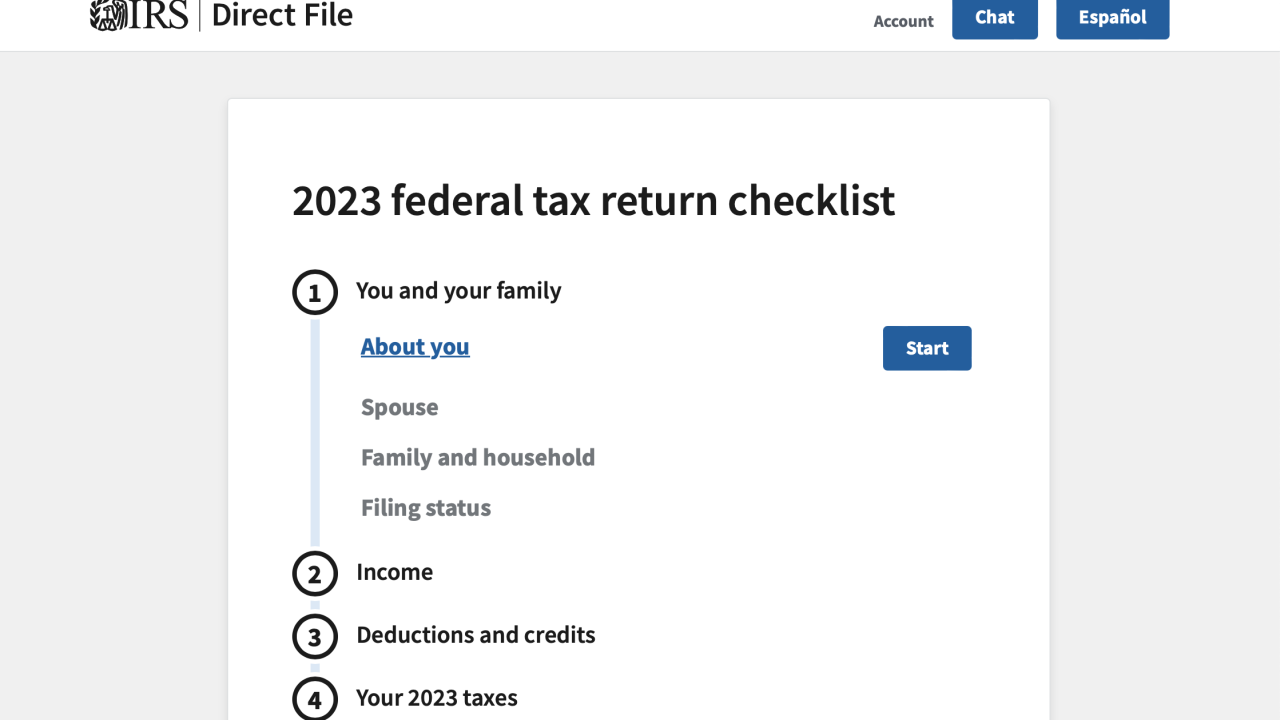So far this year, we’ve seen the transition of power in Congress, an extended government shutdown and still no technical correction to the Tax Cuts and Jobs Act. This leaves many taxpayers wondering how to move forward with their 2018 returns.
While the TCJA was passed with much fanfare, it created a large drafting error related to Qualified Improvement Property). QIP is nonstructural real property installed on the interior of a building after the building has been originally placed in service. This could be anything from drywall partitions to lighting systems to bathroom renovations.
Prior to the TCJA, QIP was considered “eligible real property” under the section 168(k) provisions, which made it eligible for bonus depreciation. Under the TCJA, QIP was intended to have a 15-year life under section 168(e).
However, due to a clerical error, this provision was omitted.
Unfortunately, the consequence of this drafting error eliminated bonus depreciation on QIP altogether. And while most industry professionals have been expecting a technical correction, it becomes less likely as more time passes without Congressional action.
So, how should taxpayers operate in this time of uncertainty?
While the TCJA excluded QIP property from bonus eligibility, it did include these improvements in the definition for 179. This means taxpayers eligible for 179 can take QIP as a 179 expense and do not need to worry about delayed bonus eligibility regulations.
But what about taxpayers who are either ineligible for 179 or have exceeded their 179 limits?
For example, a restaurant group builds out three new restaurants in 2018, in leased facilities, at a cost of $1.5 million per location for a total of $4.5 million. If the technical correction bill is written, there is a good chance that most, if not all, of the $4.5 million in improvements can be designated QIP or personal property and would be taken immediately as bonus depreciation.
However, without a technical correction, the taxpayer may feel obligated to designate the $4.5 million as 39-year property, which would produce a huge adjustment in their tax return.
Many taxpayers choose to employ a cost segregation study to identify ways to lessen this tax burden. Take the above example. If cost segregation was able to move 35 percent of the $4.5 million to personal property and land improvements, the taxpayer would be immediately eligible to bonus out more than $1.57 million of property.
I predict many professionals will move forward with this strategy if Congress fails to act on a correction bill. It’s a smart approach. However, this shared strategy will likely result in a vast number of last-minute requests for cost segregation studies.
With time running out, it is important to start getting proposals and engagements in place. Taxpayers should not wait until late February to plan for this contingency because doing so may be too late, given the overwhelming demand.
Fortunately, most cost segregation providers do not charge for estimates. Taxpayers who secure a cost segregation estimate now can wait to see if Congress moves forward before the end of January. If the status quo remains, those who planned ahead can quickly engage a cost segregation study to be completed prior to tax-filing deadlines.
Congressional inaction has put many taxpayers’ backs against the wall. It’s important for CPAs and taxpayers themselves to prepare for a continued delay.





